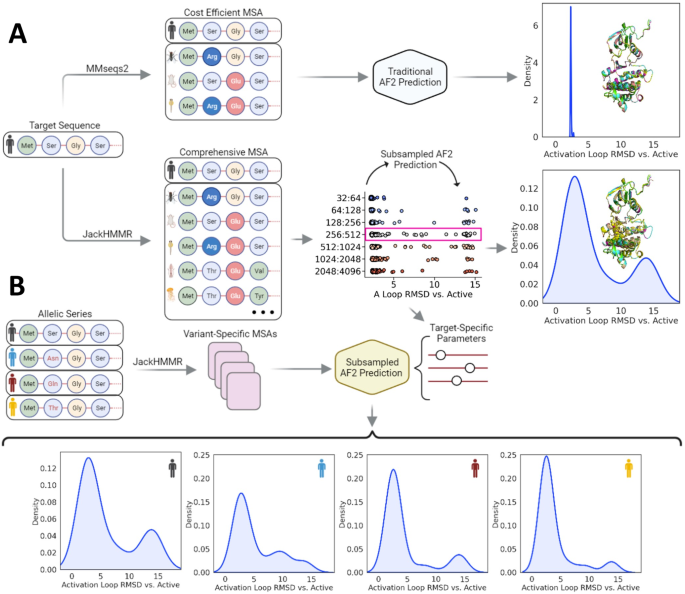2024-02-27 エディンバラ大学
<関連情報>
- https://www.ed.ac.uk/news/2024/study-explores-inability-to-form-mental-images
- https://www.cell.com/trends/cognitive-sciences/fulltext/S1364-6613(24)00034-2
幻覚と高幻覚:イメージの鮮明さの極限を探る Aphantasia and hyperphantasia: exploring imagery vividness extremes
Adam Zeman
Trends in Cognitive Sciences Published:March 27, 2024
DOI:https://doi.org/10.1016/j.tics.2024.02.007

Highlights
- Aphantasia and hyperphantasia are recently coined terms that refer to the absence and superabundance of imagery, respectively.
- Growing evidence indicates that they have distinctive behavioural, physiological, and neural correlates.
- Aphantasia is associated variably with a reduction in both autobiographical memory and face recognition, as well as with autism and a tendency toward scientific occupations. Imagery in dreams is typically preserved.
- Despite the profound contrast in subjective experience between aphantasia and hyperphantasia, the effects on everyday functioning are subtle – lack of imagery does not imply lack of imagination.
- Differences in neural connectivity may explain the existence of these extremes of imagery.
Abstract
The vividness of imagery varies between individuals. However, the existence of people in whom conscious, wakeful imagery is markedly reduced, or absent entirely, was neglected by psychology until the recent coinage of ‘aphantasia’ to describe this phenomenon. ‘Hyperphantasia’ denotes the converse – imagery whose vividness rivals perceptual experience. Around 1% and 3% of the population experience extreme aphantasia and hyperphantasia, respectively. Aphantasia runs in families, often affects imagery across several sense modalities, and is variably associated with reduced autobiographical memory, face recognition difficulty, and autism. Visual dreaming is often preserved. Subtypes of extreme imagery appear to be likely but are not yet well defined. Initial results suggest that alterations in connectivity between the frontoparietal and visual networks may provide the neural substrate for visual imagery extremes.


